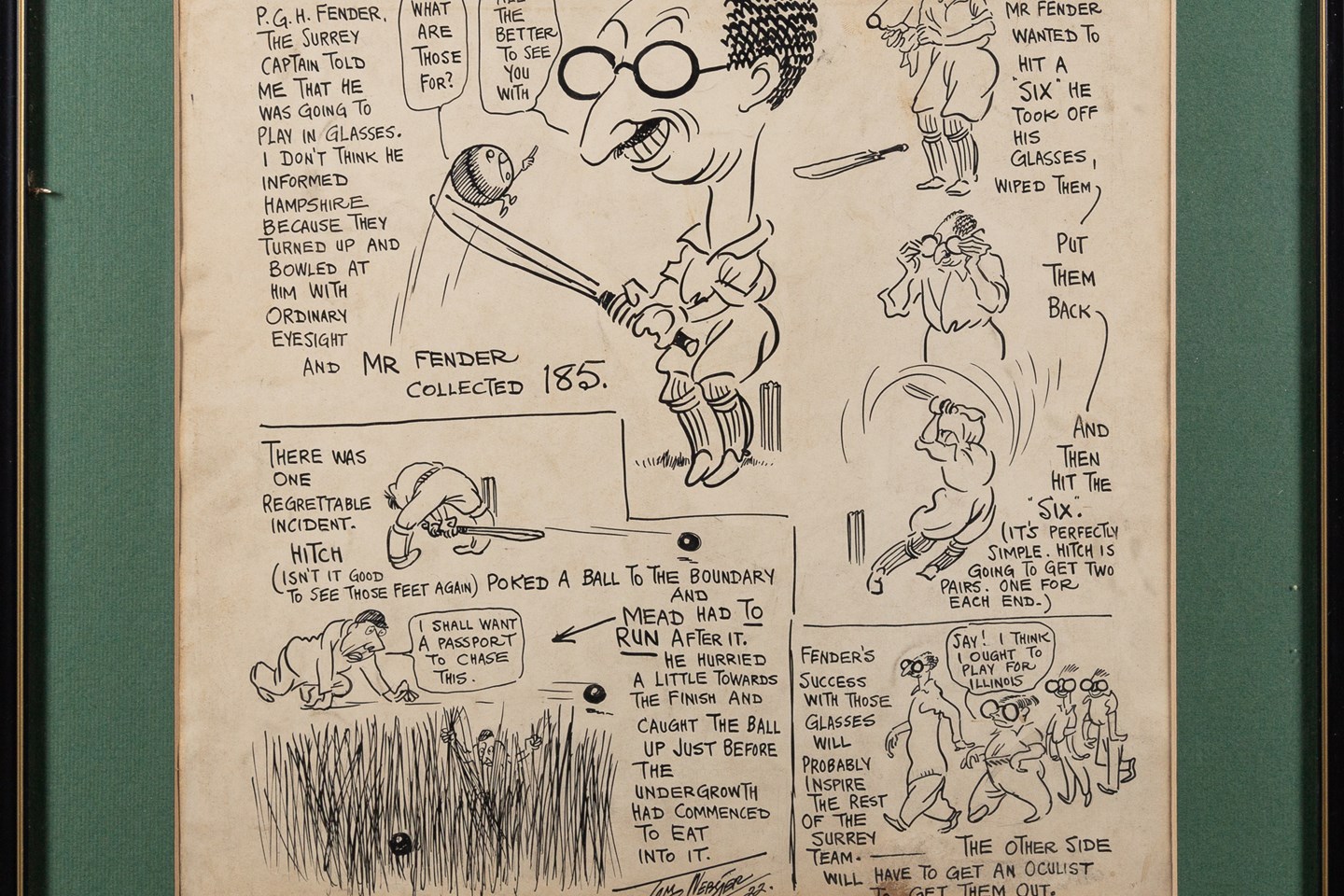Estimated at £40,000-60,000, published by Alexander Shaw, it is titled A Catalogue of the Different Specimens of Cloth Collected in the Three Voyages of Captain Cook, to the Southern Hemisphere; with a Particular Account of the Manner of the Manufacturing the same in the various Islands of the South Seas.
Quarto in size, and published in 1787, just 8 years after the violent death of Captain Cook, it incredibly still contains the original cloth samples tipped onto the pages of the book, with also a number of extra cloth samples loosely inserted. Cloths such as "From New Amsterdam; and made to resist rain, by being smeared over with the juice of a gluetenous herb or plant" or "was six yards square; it is a master-piece of the Sandwich Islands manufacture, and worn by the ladies of honour" or "bark of the Alligator Tree".
It can be assumed that these wonderful and exotic cloths previously unheard of in the west, and un-worked by Europeans would have been greeted with wonder and great excitement when examined for the first time. One of the purposes of the three voyages was to gather all manner of objects and natural history specimens, and for the purpose Cook was accompanied by many scientists and artists, whose observations and discoveries added to the importance of the voyages.
Sir Joseph Banks and Daniel Solander went on the first voyage, and between them collected over 3,000 plant specimens. With this book it is possible to get as close as possible to these pioneering explorers, with their original preserved specimens before us.
First Voyage (1768-71)
Cook was hired by the Royal Society to travel to the Pacific Ocean to observe and track the transit of Venus across the Sun. Sailing form England he eventually entered the pacific by rounding Cape Horn, he continued to sail westwards to Tahiti. Later on this voyages he mapped in great detail the complete coastline of New Zealand.
He continued westwards reaching the south-eastern coast of Australian continent in April, 1770 becoming the first recorded Europeans to have done so. Later that month they made their first landfall on the mainland of Australia, naming the place Botany Bay, here Cook made his firsts contact with the native aboriginals.
Second Voyage (1772-75)
Cook was once again commissioned by the Royal Society in London, this time to search for the mythical Terra Australis. In doing so his expedition circumnavigated the globe at a very high southern latitude, becoming one of the first to cross the Antarctic Circle.
Cook took possession of and extensively mapped South Georgia, and then continued to explore in the Antarctic area almost but not quite encountering the mainland. Also on this voyage he used for the first time the Larcum Kendall chronometer which enabled him to calculate his longitudinal position with great accuracy.
Third Voyage (1776-79)
The final voyage was planned to find the legendary and elusive Northwest Passage. After first returning to his home the Tahitian Omai; Cook then travelled north; in 1778 he became the first European to visit the Hawaiian Islands.
He then sailed north east to explore the west coast of North America, travelling northward he spend a month in Nootka Sound, trading with the native people the Yuquot. After leaving Nootka Sound, Cook explored and mapped the coast all the way to the Bering Straits, there by in one single voyage he charted the majority of the North American western coastline.
In 1779, Cook returned to Hawaii, it was here following a dispute with some of the Hawaiians he was stabbed and bludgeoned to death. Captain James Cook (1728-1779), explorer, navigator, surveyor, and cartographer.
Cook was the father of maritime cartography, he charted in great detail many areas and recorded several islands and coastlines on European maps for the first time.
His achievements can be attributed to a combination of seamanship, superior surveying and cartographic skills, courage in exploring dangerous areas such as the Great Barrier Reef, the Antarctic; he charted virtually all of the western coastline of North America
- Captain James Cook (1728-1779)
- Rare Books
Captain James Cook (1728-1779) was written on Tuesday, 8th February 2011, by Roger Collicott.




